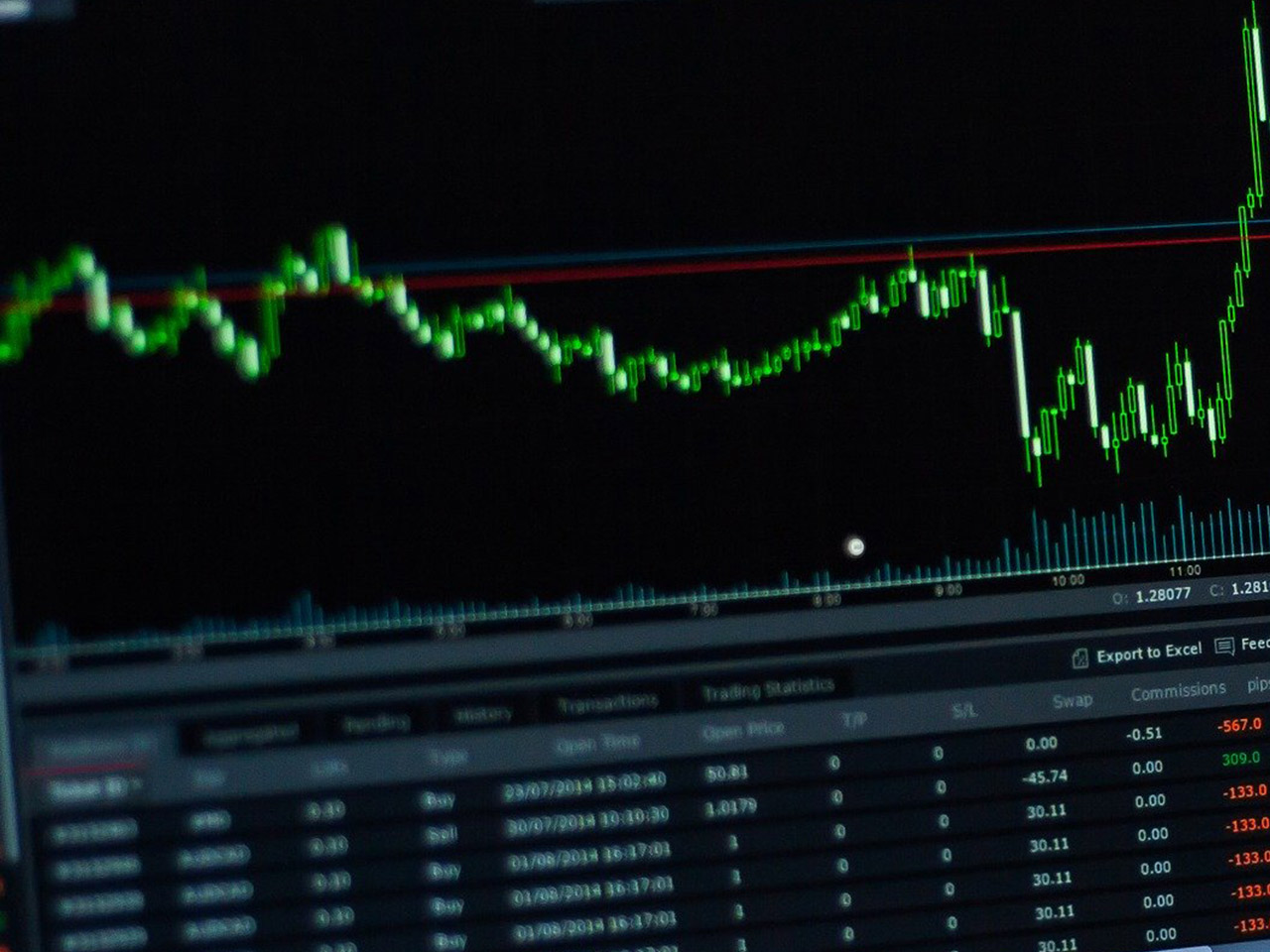Uber Technologies, Inc. (NYSE: UBER) continues to capture the attention of investors with its diverse technology-driven business model and promising growth metrics. As a leading player in the technology sector, Uber operates through three main segments: Mobility, Delivery, and Freight, each contributing to the company’s expansive global footprint that spans continents from the Americas to Asia Pacific.
Uber’s market capitalization stands at an impressive $199.7 billion, underscoring its significant presence in the software application industry. Currently trading at $95.76, the stock remains near its 52-week high of $100.10, reflecting sustained investor confidence. A zero percent price change indicates relative stability in the stock’s valuation in recent trading sessions.
An insightful look into Uber’s valuation metrics reveals a Forward P/E ratio of 21.79, suggesting that investors are optimistic about the company’s future earnings potential. However, traditional valuation measures such as the P/E ratio (Trailing), PEG, Price/Book, and Price/Sales are not applicable, highlighting Uber’s unique position within its industry.
Uber’s performance metrics are particularly compelling, with a notable revenue growth rate of 18.20%. The company reported an EPS of 5.87 and an impressive Return on Equity of 67.49%, indicating efficient use of investor capital to generate earnings. Furthermore, Uber’s free cash flow is a robust $5.6 billion, providing a solid foundation for potential reinvestment and expansion opportunities.
The absence of dividend yield and a payout ratio of 0.00% align with Uber’s growth-focused strategy, as the company reinvests profits to fuel its expansion rather than distributing them as dividends. This approach is common among growth-oriented technology companies that prioritize scaling operations over returning immediate capital to shareholders.
Analyst sentiment towards Uber is overwhelmingly positive, with 43 buy ratings and no sell ratings, emphasizing strong market confidence in the company’s strategic direction. Analysts have set a target price range between $82.00 and $150.00, with an average target price of $108.88. This suggests a potential upside of 13.70% from the current price level, offering a promising opportunity for investors considering entry.
Technical indicators provide additional context for Uber’s stock trajectory. The 50-day moving average is closely aligned with the current price at $95.51, while the 200-day moving average at $84.77 highlights a longer-term upward trend. However, a Relative Strength Index (RSI) of 23.04 indicates that the stock is currently in an oversold condition, which could suggest a buying opportunity for investors willing to capitalize on potential short-term dips.
Uber’s MACD at -0.26, with a signal line at -0.40, may suggest a bearish sentiment in the short term, prompting investors to consider timing their entry points carefully. Nonetheless, the company’s intrinsic growth potential and strategic positioning in the rapidly evolving mobility and logistics markets paint a promising picture for the future.
For individual investors, Uber represents a compelling blend of innovation, global reach, and growth potential. With its strong revenue growth, strategic reinvestment strategy, and supportive analyst outlook, Uber Technologies, Inc. remains a significant contender in the technology sector and a stock to watch for both growth and value-focused portfolios.






































